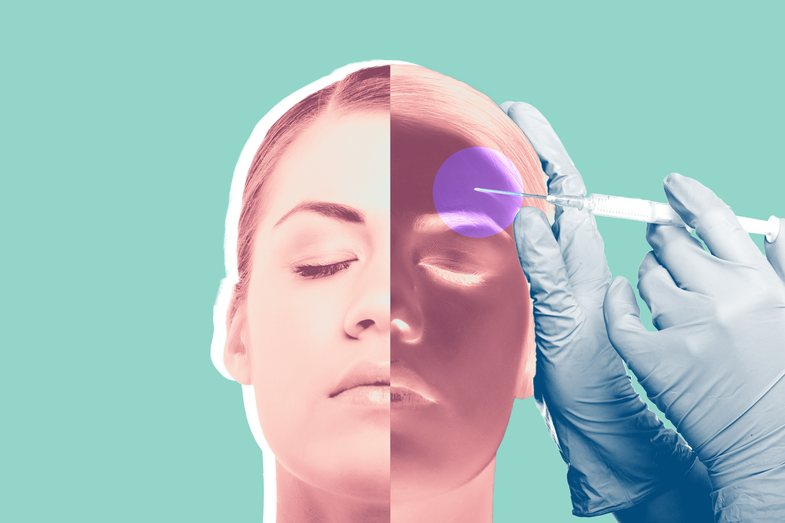
Migraine headaches can be painful and can greatly affect your quality of life. If you experience migraine symptoms 15 or more days each month, you have chronic migraine.
Migraine medications treat the acute symptoms or prevent the onset of pain. One such preventative therapy is botox, which consists of a protein called Clostridium botulinum. When injected into the body, it blocks some chemical signals from the nerves, causing temporary muscle paralysis.
Although botox gained popularity as a wrinkle reducer, researchers also recognized the potential for treating medical conditions. Today it is used to treat problems such as recurrent neck spasms, eye tremors and so on. It is also used to prevent chronic migraine.

How is Botox used to treat migraines?
Botox treatments can help reduce the symptoms of migraine pain (nausea, vomiting, photosensitivity, etc.).
Botox is injected into the areas involved in migraine headaches, affects nerve endings and blocks the release of chemicals involved in pain transmission. Once you have received botox injections, it may take 10 to 14 days or more for you to experience relief. In some cases, you may not experience any relief from the symptoms after the first set of injections. Additional treatments may be more effective.
Botox is approved by the US Food and Drug Administration (FDA) to help prevent migraine attacks. If other treatment options have not worked, it may be time to discuss botox with your doctor.
Botox injection sites for migraine: upper bridge over nose, forehead, back of head, neck, gallbladder, upper back.

Side effects of botox for migraine pain
Complications and side effects of botox treatments are rare. The most common side effects of injections are neck pain and stiffness at the injection site. You may then have headaches. You may also experience temporary muscle weakness in the neck and shoulders. This can make it difficult to keep your head straight. When these side effects appear, they usually go away within a few days.
To reduce the risk of side effects and serious complications, be sure to choose a trained professional. Look for certified doctors or neurologists experienced in the use of botox for chronic migraine.

How often should you take botox to prevent migraines?
If you are undergoing botox treatments for migraines, your doctor will usually administer them once every 3 months. Taking botox injections most often has not been well studied, so the risks are currently unknown. After treatment, some people may improve significantly and are able to discontinue treatment.
Sources: Healthline, PubMed.gov







